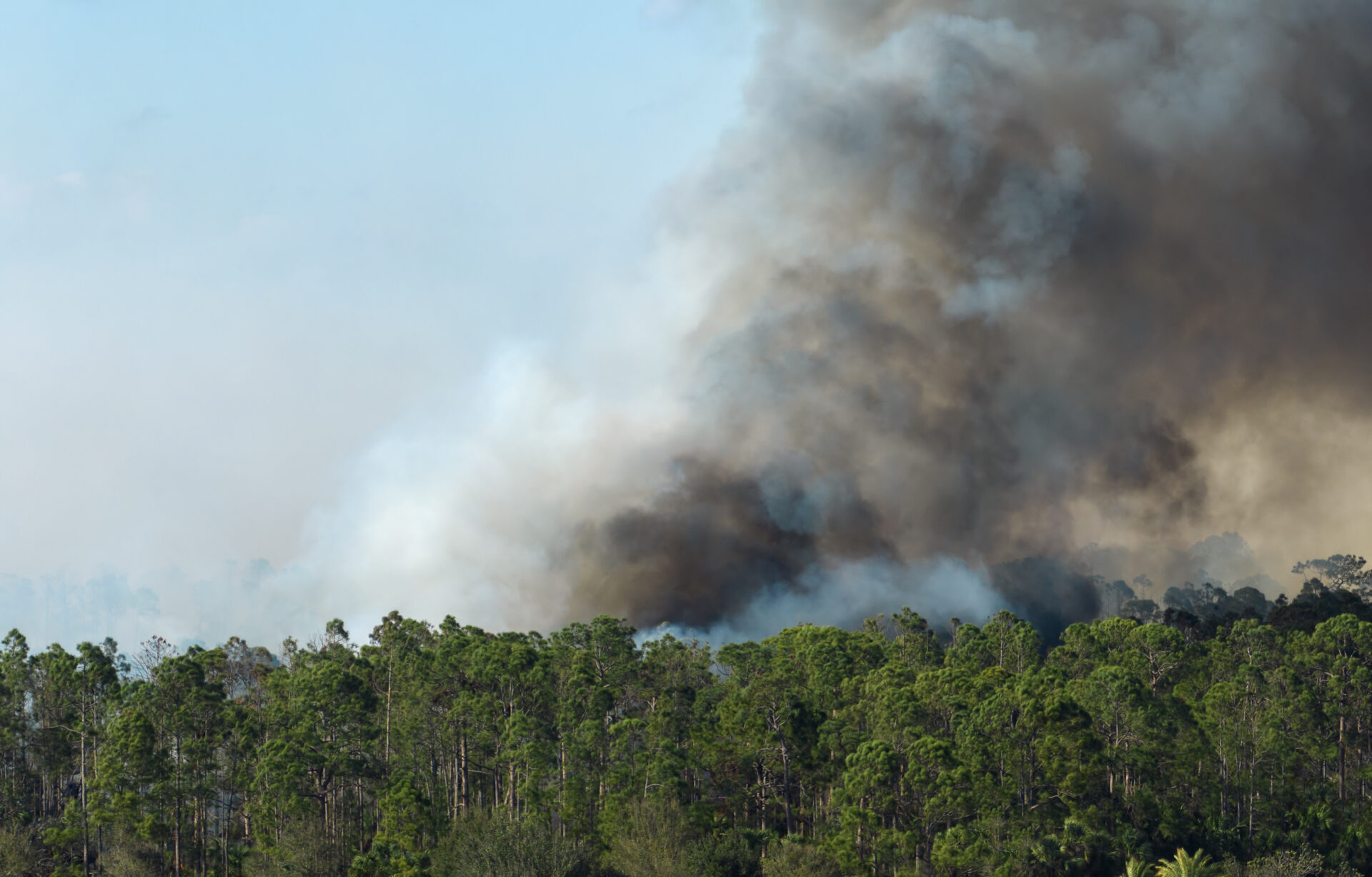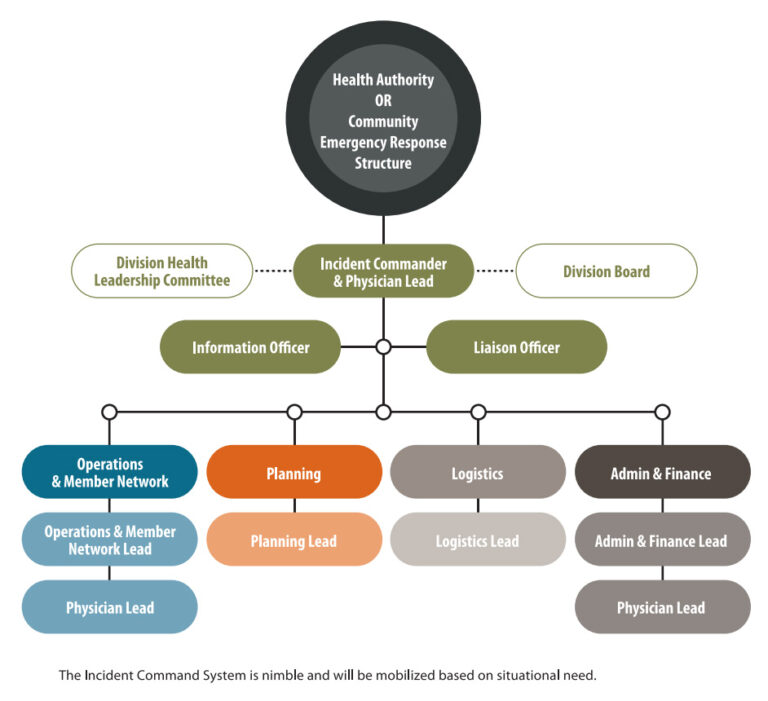Emergency Response Planning
Physician lead: Dr. Graham Dodd
The Division’s emergency management strategy supports members and clinics to connect and respond during times of crisis. We collaborate with our medical community to foster partnerships, build networks, and communicate effectively, all to ensure continuity of patient care during an emergency.
Partners on the committee are guided by two key principles. First, the CSC aims to support the entire spectrum of primary care, ensuring the longitudinal continuity of the provider-patient relationship whenever possible. Second, the CSC strives to ensure equitable access for both providers and patients to the necessary teams and services. Together, the committee is working towards a healthier community for everyone.

Clinic Emergency Response Planning
The best time to plan for a disaster is before it happens. Preparedness requires you to thinking about emergencies, discuss potential situations within your team, document your planned response, and regularly review your plan by practicing your response. Planning will build resiliency and should enable you to assist your patients and get back to normal much sooner.
We have created a guidebook and workbook for health care clinics to develop their own emergency preparedness and response plans.
Emergency Management Guidebook for Health Care Clinics
This guide will provide you with information to assist you in completing the associated workbook. This plan helps ensure that you will be able to take care of your staff and patients, reopen your office, and get back to provide care to your patients in an emergency.
This fillable PDF Workbook covers the following key elements:
- Evacuation Plan
- Shelter in Place Plan
- Incident Recovery Plan
- Practice drills and checklists
Division Emergency Response Plan
The Division uses a formal Incident Command System (ICS) during an emergency, such as a pandemic or wildfire. Incident Command is a standard emergency management structure used all over the world. The structure can be scaled up and down depending on the need and allows for the distribution of roles and responsibilities.
The Division takes an all-hazard approach to preparing for and responding to an emergency. Our emergency management program includes operational preparedness, member support, and strategic partnerships in the event of a disaster.
During wildfire season, in particular, Division staff rotate a call schedule and identify a staff lead and physician lead who will be the first point of contact for Interior Health Emergency Response personnel, Long-Term Care homes, adjacent Divisions who may be receiving Thompson Region patient transfers, and/or providers in the case of wildfire or other emergency.

Incident Command roles and responsibilities within the Division are as follows:
Role | Key Responsibilities | Communicates With |
|---|---|---|
Incident Commander | Oversees the response and attends relevant meetings. Decision-making final authority. | Division Board, physician leadership tables, regional Division table, and other emergency response structures. |
Information Officer | Acts as the information conduit for internal and external communications. | Division Incident Command, members, partners, and media. |
Liaison Officer | Oversees reporting, operations, and evaluation of the incident. | Division Board, physician leadership tables, regional Division table, and other emergency response structures. |
Operations & Member Network Lead | Leads member networks. | Incident Command, members, and physician leads. |
Planning Lead | Prepares the incident action plan, data, and status reports. | Incident Command and partners. |
Logistics Lead | Manages logistics and coordinates meetings. | Incident Command and partners. |
Admin & Finance Lead | Tracks incident-related costs and finances. | Board treasurer and Incident Commander. |
Incident Commander
Key Responsibilities
Oversees the response and attends relevant meetings. Decision-making final authority.
Communicates With
Division Board, physician leadership tables, regional Division table, and other emergency response structures.
Information Officer
Key Responsibilities
Acts as the information conduit for internal and external communications.
Communicates With
Division Incident Command, members, partners, and media.

More Reading About Emergency Preparedness:
For more information on Emergency Response Planning, contact:
Melanie Todd
Senior Project Manager

